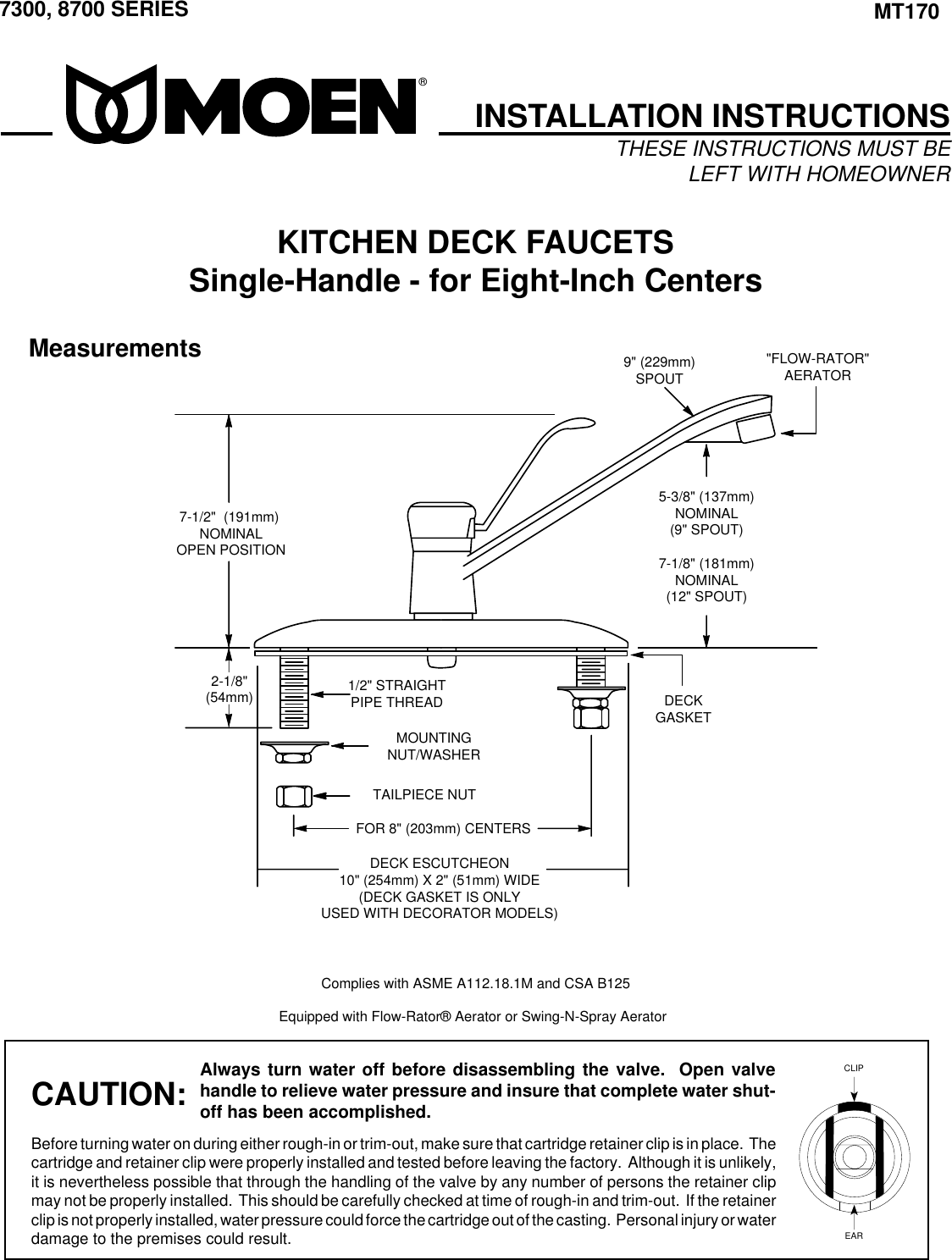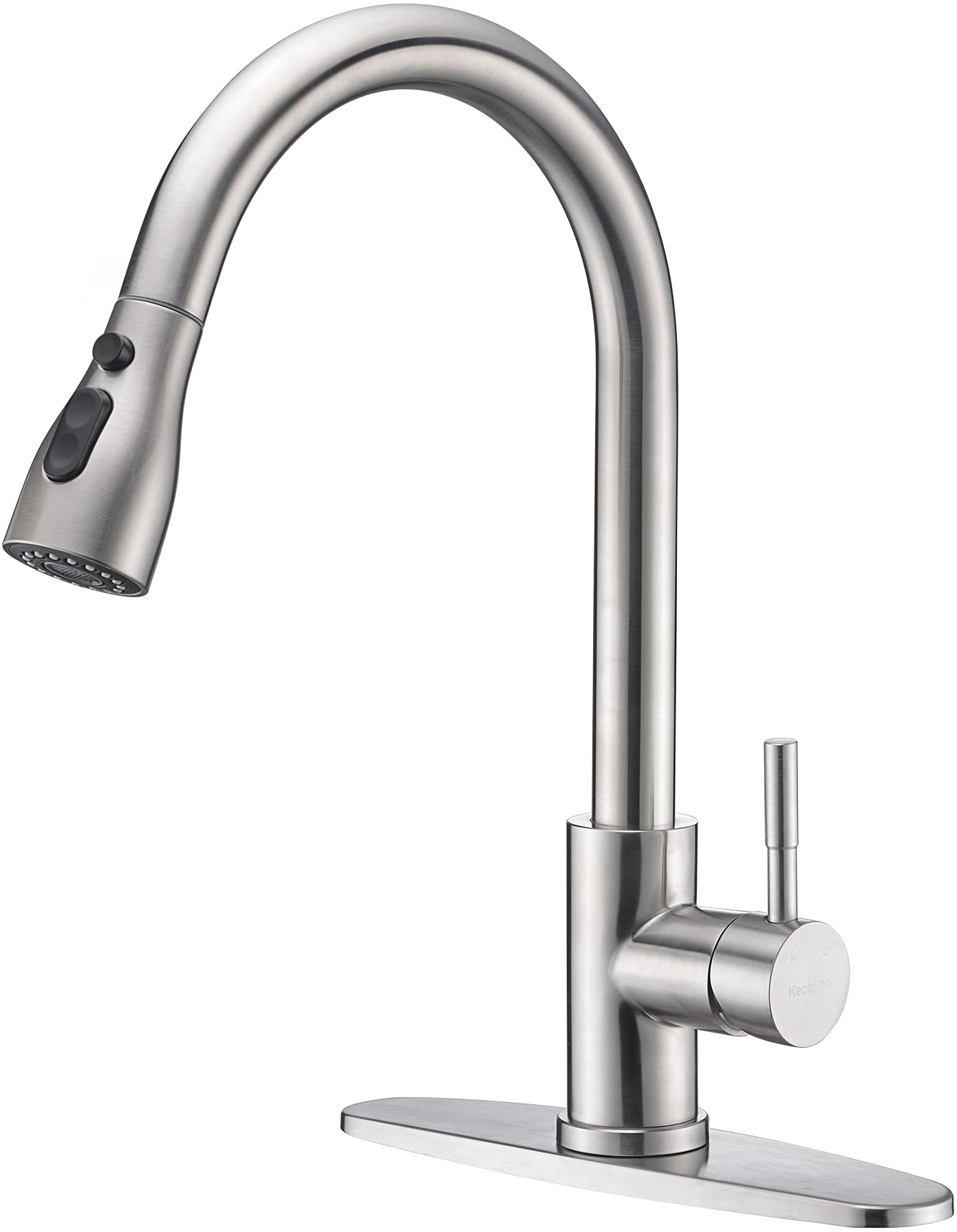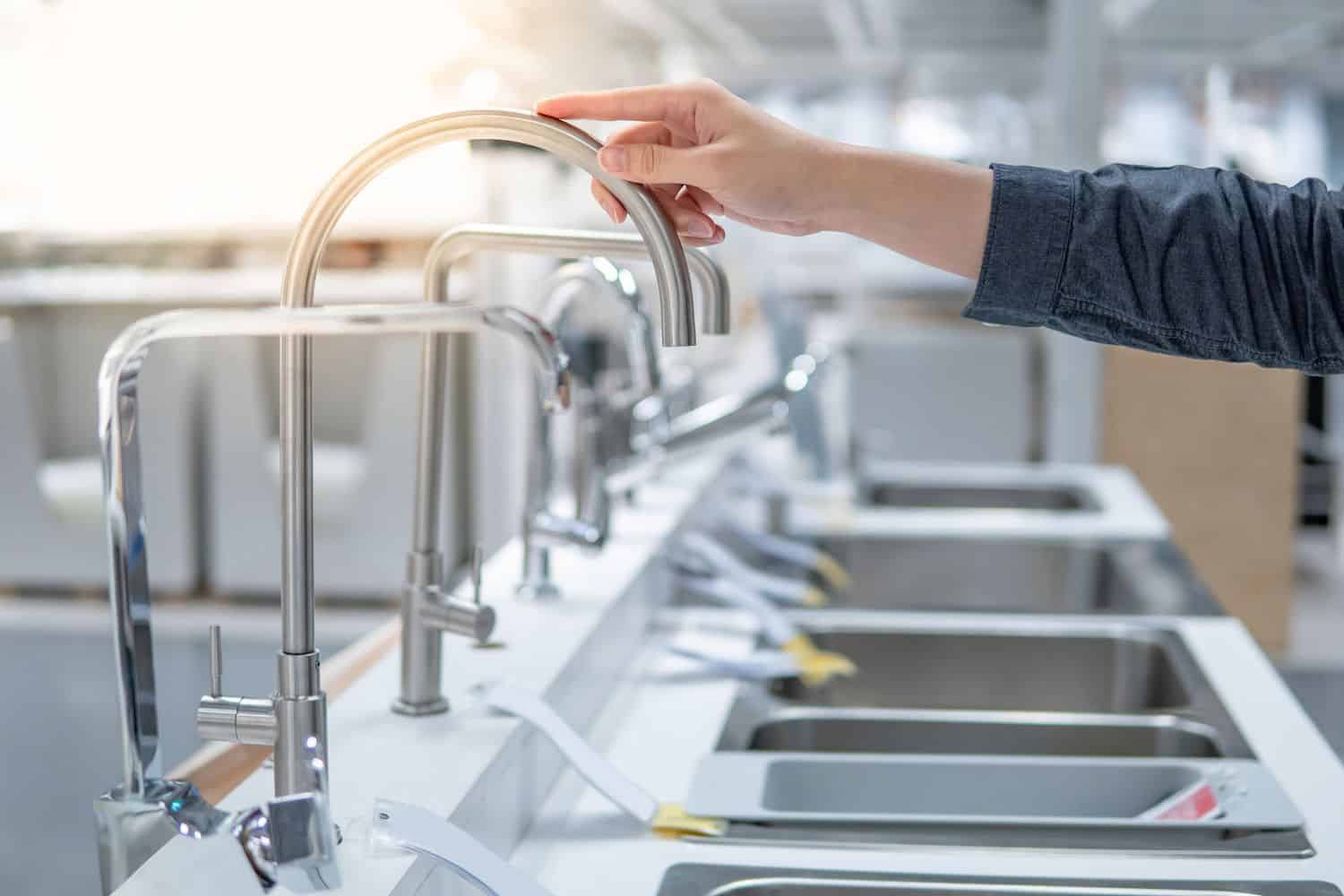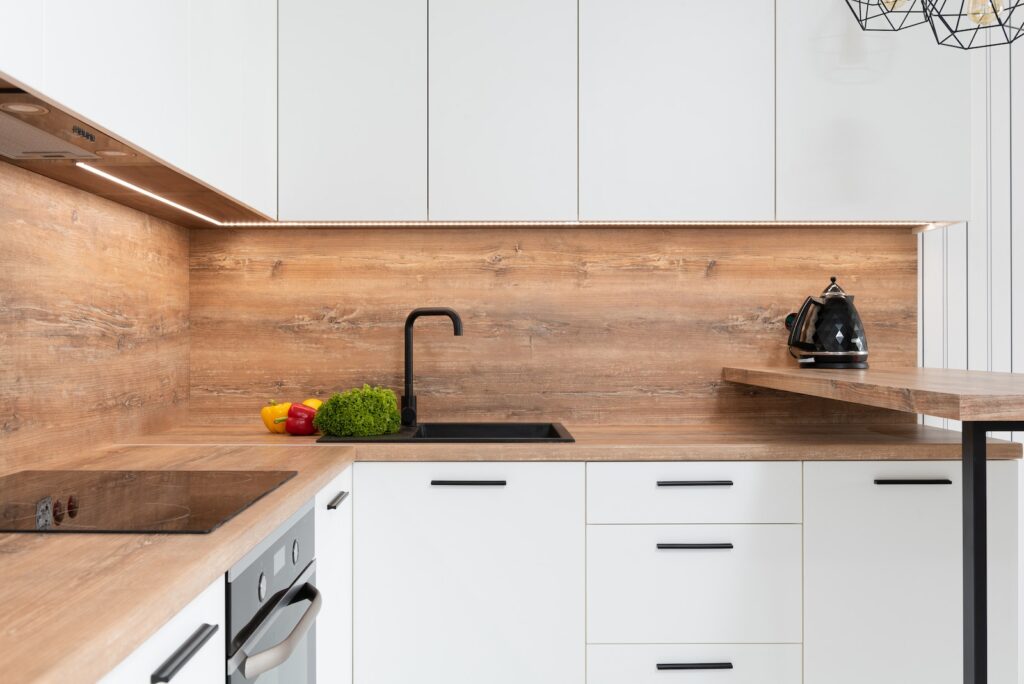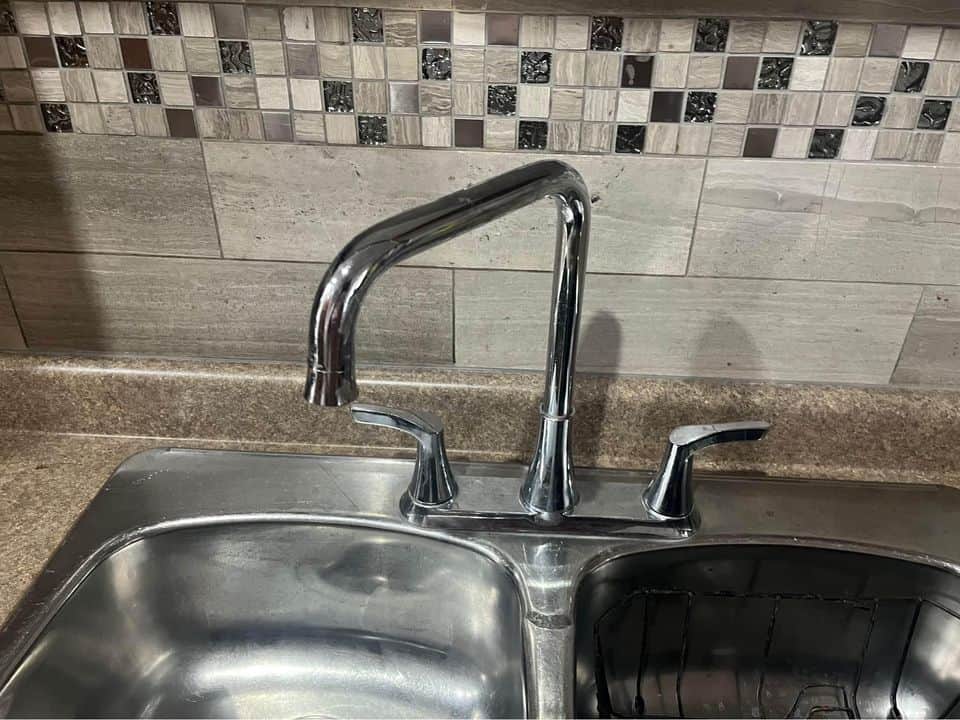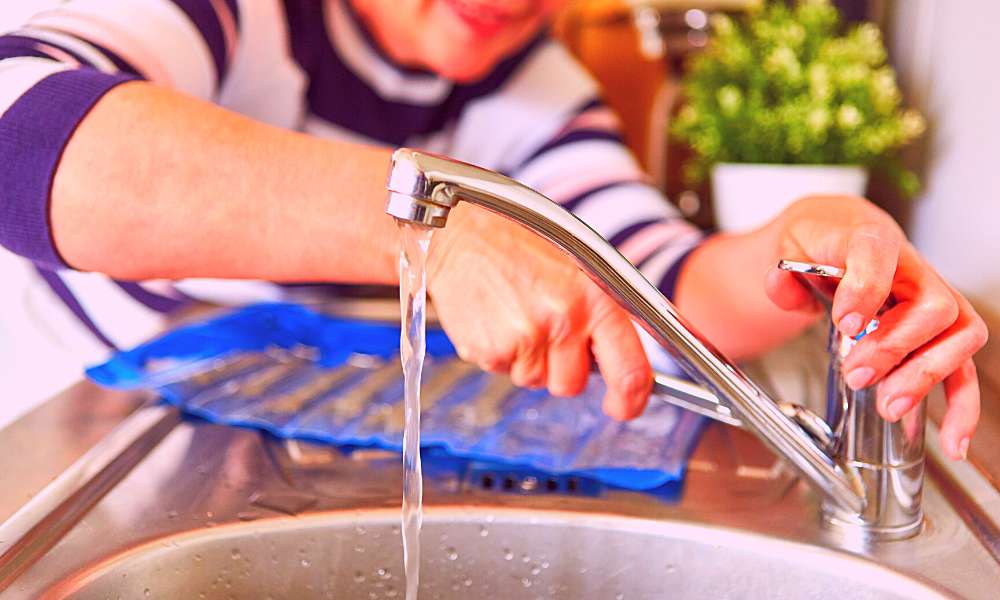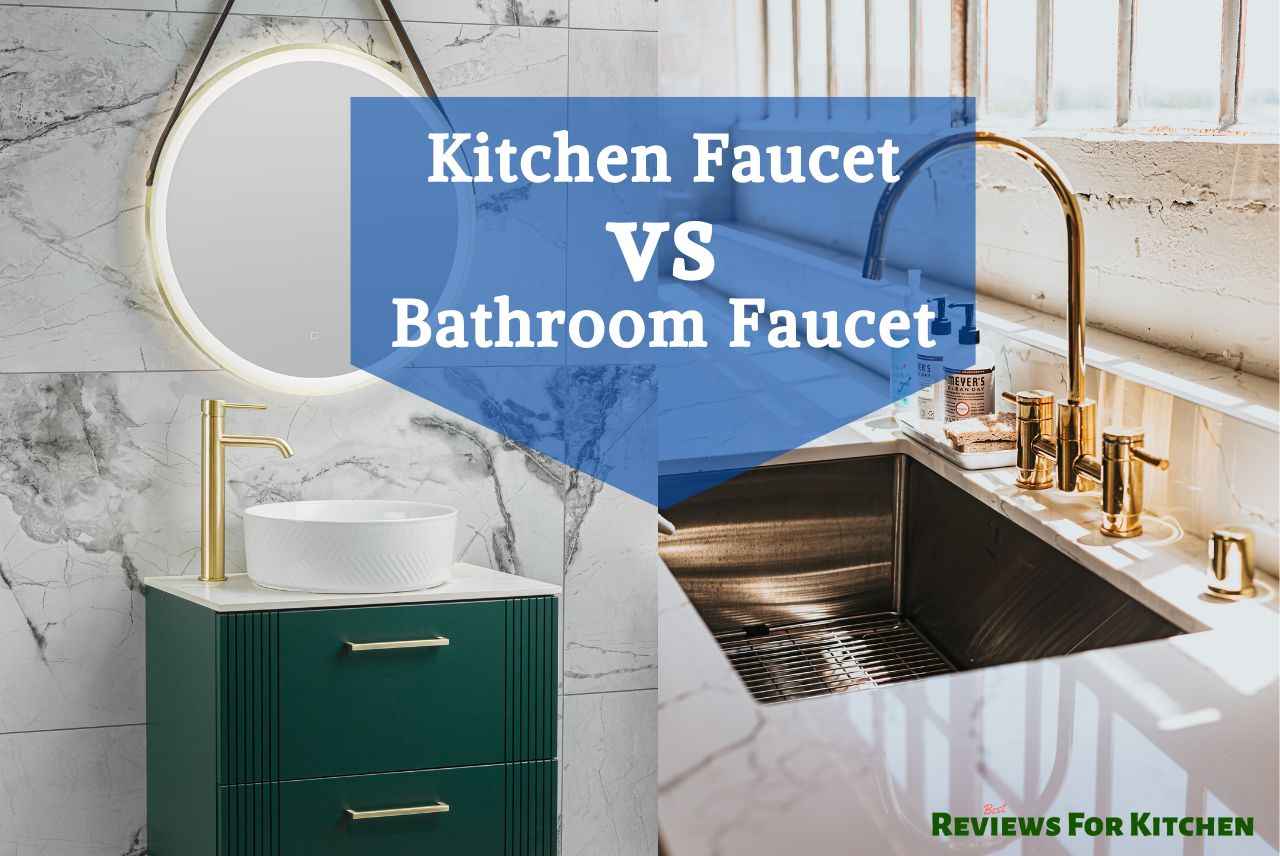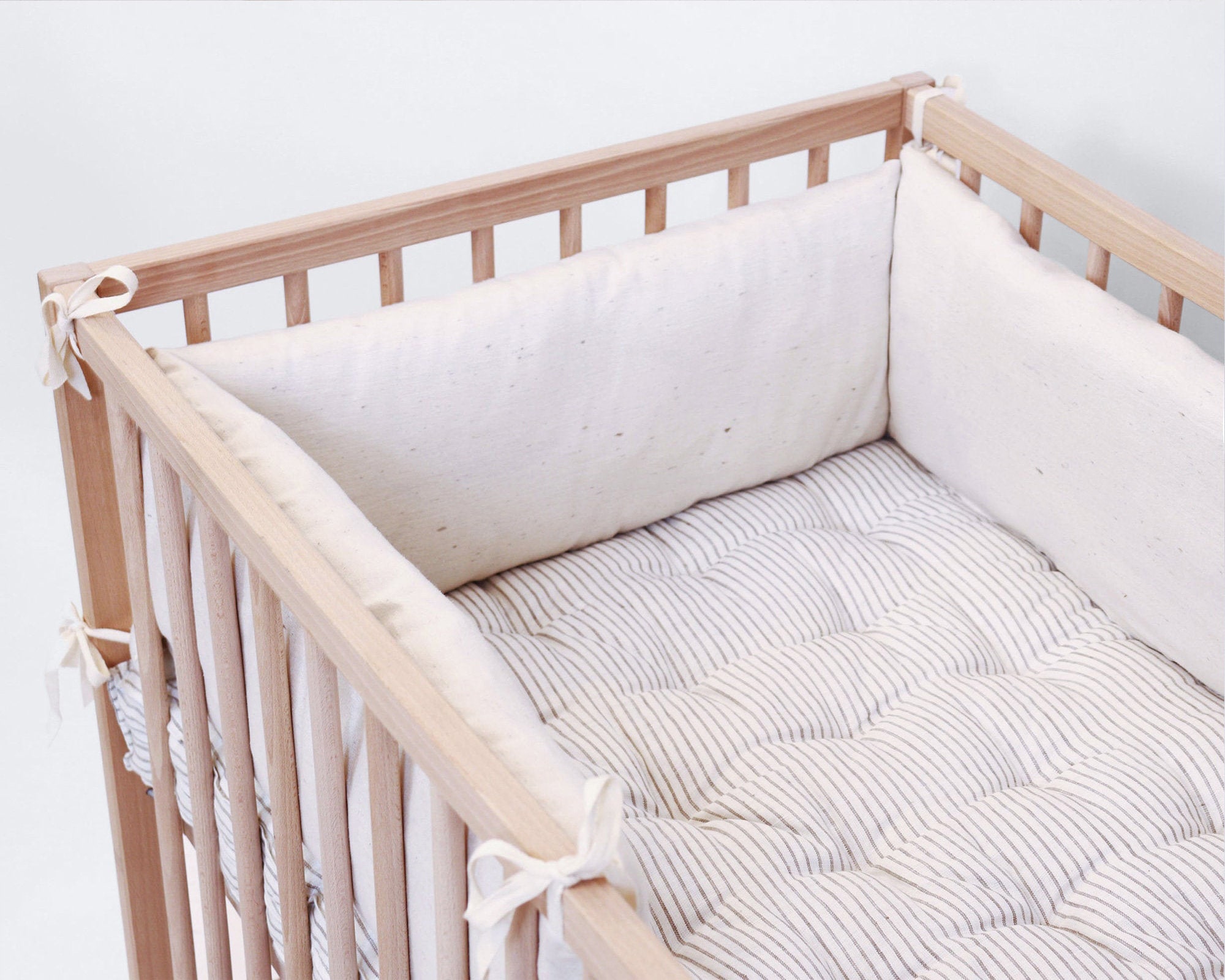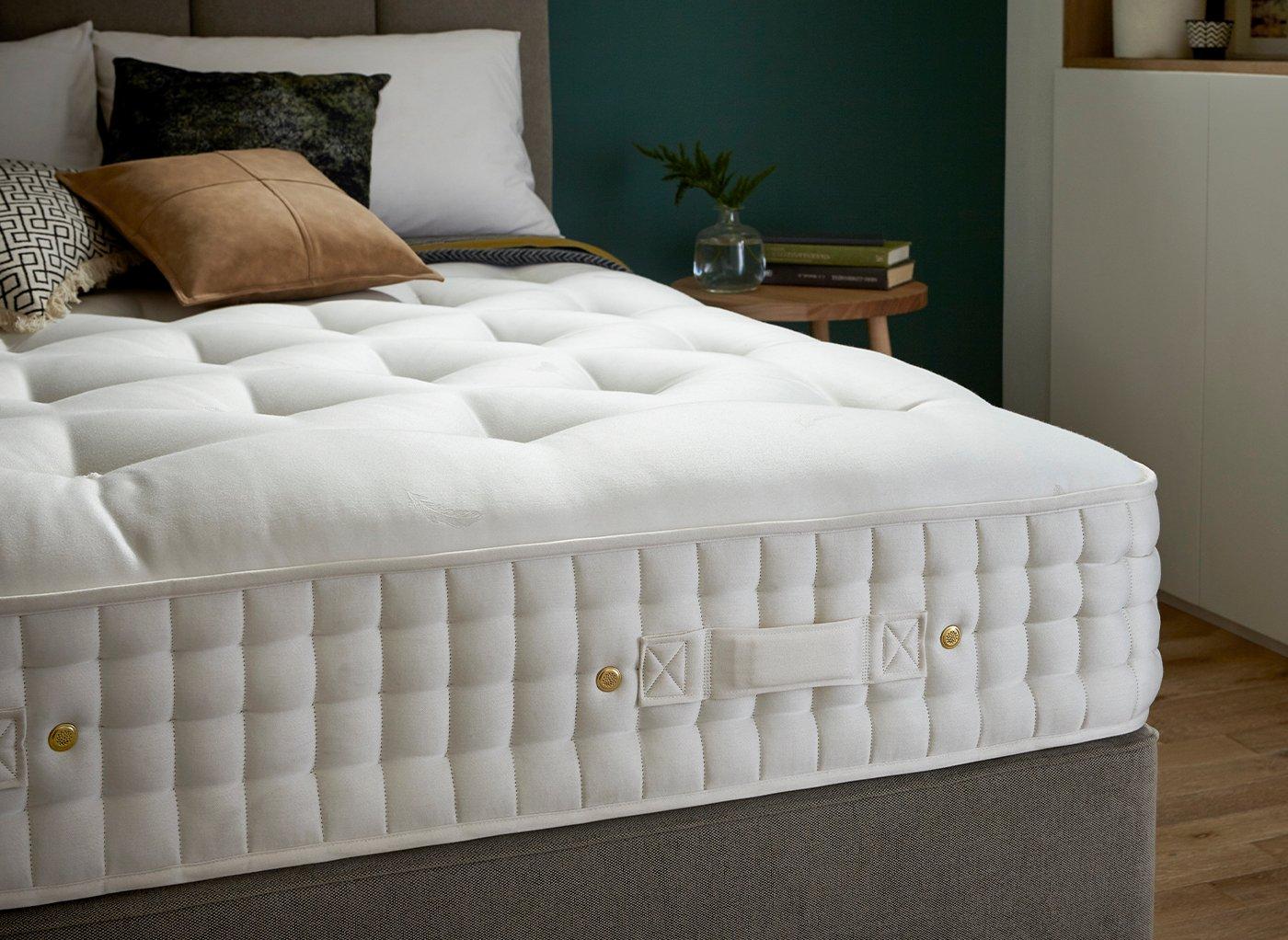If you're in the market for a new faucet for your home, you may have come across two popular options: bar faucets and kitchen faucets. Both of these types of faucets have their own unique features and benefits, making it difficult to decide which one is best for your needs. In this article, we'll explore the top 10 differences between bar faucets and kitchen faucets to help you make an informed decision.Bar Faucet vs Kitchen Faucet: Which One is Right for You?
At first glance, bar faucets and kitchen faucets may look very similar. After all, they both dispense water and have a handle to control the flow and temperature. However, there are some key differences between the two that may influence your decision. Bar faucets are typically smaller and shorter than kitchen faucets, making them a better fit for smaller sinks and bar areas. They also tend to have a more streamlined design and may not have additional features like a pull-down sprayer or soap dispenser. Kitchen faucets, on the other hand, are designed for larger sinks and more heavy-duty use. They often have a taller spout and additional features, such as a pull-out sprayer, multiple spray settings, and a touchless option.Bar Faucet vs Kitchen Faucet: What's the Difference?
Both bar faucets and kitchen faucets have their own set of advantages and disadvantages. Let's take a closer look at the pros and cons of each type. Bar Faucet Pros:Bar Faucet vs Kitchen Faucet: Pros and Cons
When it comes to durability, kitchen faucets are the clear winner. They are designed for heavy use and can withstand the wear and tear of everyday tasks like washing dishes and cooking. Bar faucets, on the other hand, may not hold up as well to frequent use and may need to be replaced sooner. However, if you have a small bar area or don't use your faucet very often, a bar faucet may still be a durable option for your needs.Bar Faucet vs Kitchen Faucet: Which One is More Durable?
This is a matter of personal preference, but both bar faucets and kitchen faucets can add style to your home. Bar faucets often have a more elegant and streamlined design, while kitchen faucets offer a variety of styles to choose from, including modern, traditional, and industrial. If you want to make a statement with your faucet, a kitchen faucet may be the way to go. But if you prefer a more subtle and minimalist look, a bar faucet may be the right choice for you.Bar Faucet vs Kitchen Faucet: Which One is More Stylish?
When it comes to practicality, it all depends on your specific needs. If you have a small bar area or limited counter space, a bar faucet may be more practical for you. However, if you do a lot of cooking and washing dishes, a kitchen faucet with additional features may be more practical. Consider your daily routine and what tasks you will be using the faucet for to determine which one will be more practical for your needs.Bar Faucet vs Kitchen Faucet: Which One is More Practical?
Both bar faucets and kitchen faucets can be relatively easy to install, depending on your level of experience with plumbing. However, bar faucets may be easier to install due to their smaller size and simpler design. If you are not confident in your plumbing skills, it may be best to hire a professional to install your faucet to ensure it is done correctly and safely.Bar Faucet vs Kitchen Faucet: Which One is Easier to Install?
In general, bar faucets tend to be more affordable than kitchen faucets. However, this may vary depending on the brand, features, and materials used. It's important to consider your budget and compare prices between different options to determine which one is more cost-effective for you. Keep in mind that while a bar faucet may be more affordable upfront, it may not be as durable as a kitchen faucet and may need to be replaced sooner.Bar Faucet vs Kitchen Faucet: Which One is More Cost-Effective?
Kitchen faucets are typically more versatile than bar faucets, thanks to their additional features and multiple spray settings. This makes them a better option for tasks like washing large pots and dishes, filling up water pitchers, and even washing your hands with the touchless option. Bar faucets, on the other hand, may be limited in their functionality and may only be suitable for basic tasks like filling up glasses or rinsing out a small sink.Bar Faucet vs Kitchen Faucet: Which One is More Versatile?
If you have a small bar area or limited counter space, a bar faucet may be the better option for you. Its smaller size and streamlined design make it a good fit for smaller spaces. Kitchen faucets, on the other hand, may be too large and take up too much counter space in a small area. However, if you have a larger kitchen and need a faucet for heavy-duty use, a kitchen faucet may be the better choice.Bar Faucet vs Kitchen Faucet: Which One is Better for Small Spaces?
Bar Faucet vs Kitchen Faucet: What's the Difference?
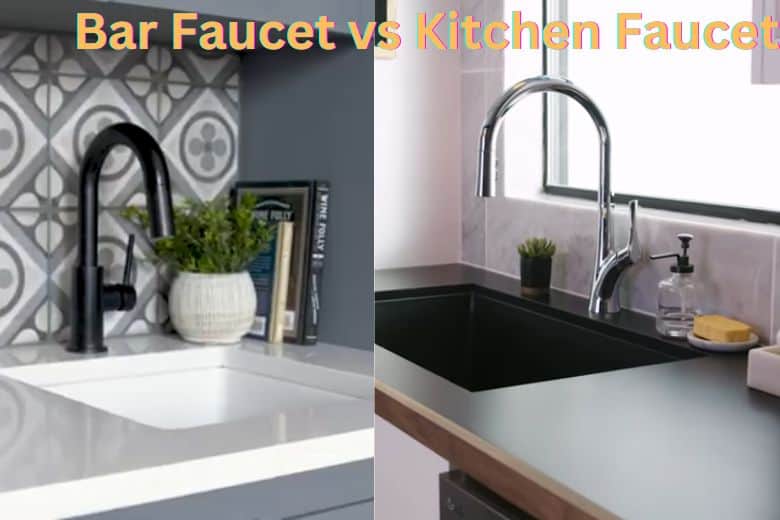
When it comes to designing your dream home, every detail matters. From the color of your walls to the type of flooring you choose, every decision can have a significant impact on the overall aesthetic of your house. This includes even the smallest elements like the faucets in your kitchen and bar. While they may seem similar, there are actually several key differences between a bar faucet and a kitchen faucet that can make all the difference in your house design.
Functionality

One of the main differences between a bar faucet and a kitchen faucet is their intended use. A kitchen faucet is designed for everyday use and is typically larger and more robust than a bar faucet. It is meant to handle tasks like washing dishes, filling large pots, and cleaning fruits and vegetables. On the other hand, a bar faucet is smaller and more compact, making it perfect for a secondary sink in your bar area. It is ideal for filling glasses, rinsing small items, and other light tasks.
Style and Design
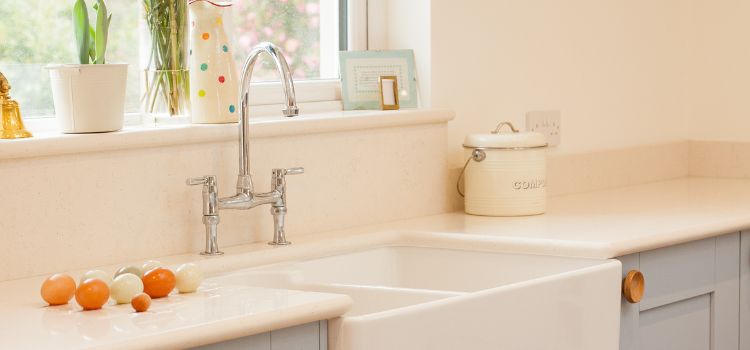
Another significant difference between bar and kitchen faucets is their style and design. Kitchen faucets come in a variety of styles, from traditional to modern, and can be a focal point in your kitchen. They often have additional features like pull-out sprayers and multiple handles for hot and cold water. Bar faucets, on the other hand, are more streamlined and simple in design. They are typically smaller and have a single handle for easy use.
Maintenance and Durability

Due to their different functions and designs, bar and kitchen faucets also have different maintenance and durability requirements. Kitchen faucets are used more frequently and are exposed to more wear and tear, so they need to be more durable. They also have more complicated mechanisms, making them more challenging to repair. Bar faucets, on the other hand, are used less often and have simpler designs, making them easier to maintain and repair.
So, when it comes to choosing between a bar faucet and a kitchen faucet, it all depends on your specific needs and preferences. If you have a large family and do a lot of cooking and cleaning in your kitchen, a kitchen faucet may be the best choice for you. However, if you often entertain and have a bar area in your home, a bar faucet may be a more practical and stylish option. Whichever you choose, make sure to consider functionality, style, and maintenance to find the perfect faucet for your house design.

